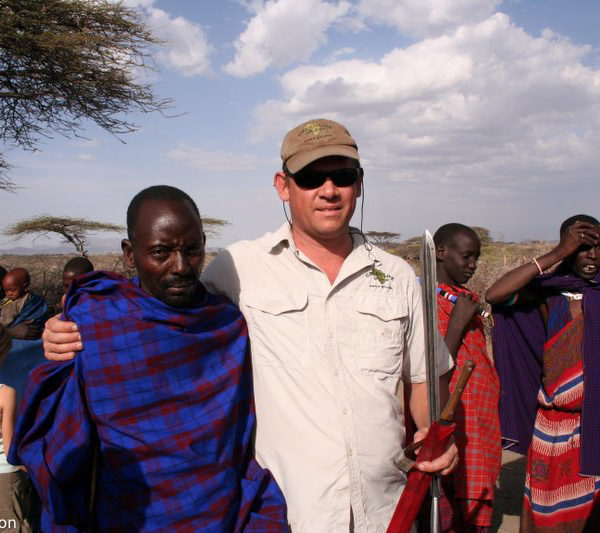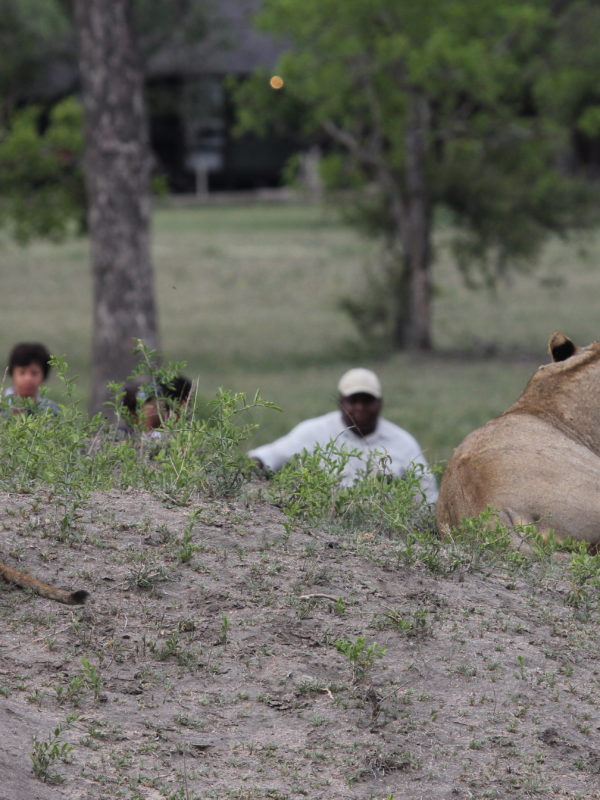Several rivers feed this reserve and tend to follow the lines of weakness in the hard quartzite ridges and have cut gorges and deep pools out of the rock and created rapids and waterfalls.
The Malolotja Falls -the highest in eSwatini – cascade over 292 feet (90metres) into thick Afro-montane forest.
The well watered lowlands offer a variety of habitats with swamps and lush plains thick with tall grasses, orchids and lilies, while ancient cycads grow in shaded spots. There is a profusion of wild flowers most of the year. The upper reaches of the river have crystal clear streams and pools good for swimming.
This park is not for the self drive amateur as apart from a meagre 15 miles (25km) of driveable road, the rest are 4×4 trails more suited to a mountain bike. However perseverance allows you to access seldom visited parts such as the top of Ngwenya Mountain.
ANIMALS & BIRDS
Zebra, wildebeest, reedbuck, blesbok, red hartebeest and oribi graze the grasslands while other animals including leopards, serval, aardwolf, jackal and bushpig tend to keep out of sight.
Birdlife is prolific with colourful attractive species like louries, sunbirds and sugarbirds, blue cranes and swallows as well as a breeding colony of bald ibis, who nest on the cliffs near Malolotja Falls.
SEASONS
Summer: Most rain falls in torrential summer thunderstorms particularly in these highlands during the months of December to April.
Winter: From May to August temperatures cool right down especially on higher ground and frosts are common in June and July.
MALOTJA SPECIALITIES
· Swimming in a natural highland pool
· Scenic views
· 4×4 and mountain bike tracks
· Wilderness hiking trails from 1 to 7 days
· Malolotja Falls
· Wild flowers most of the year
FACTS
The park covers 4,447 acres (1,800 ha) on eSwatini’s north western border with South Africa.
Accommodation in the park is in rustic huts and cabins.
Guided day and night drives are offered by the parks authority.





